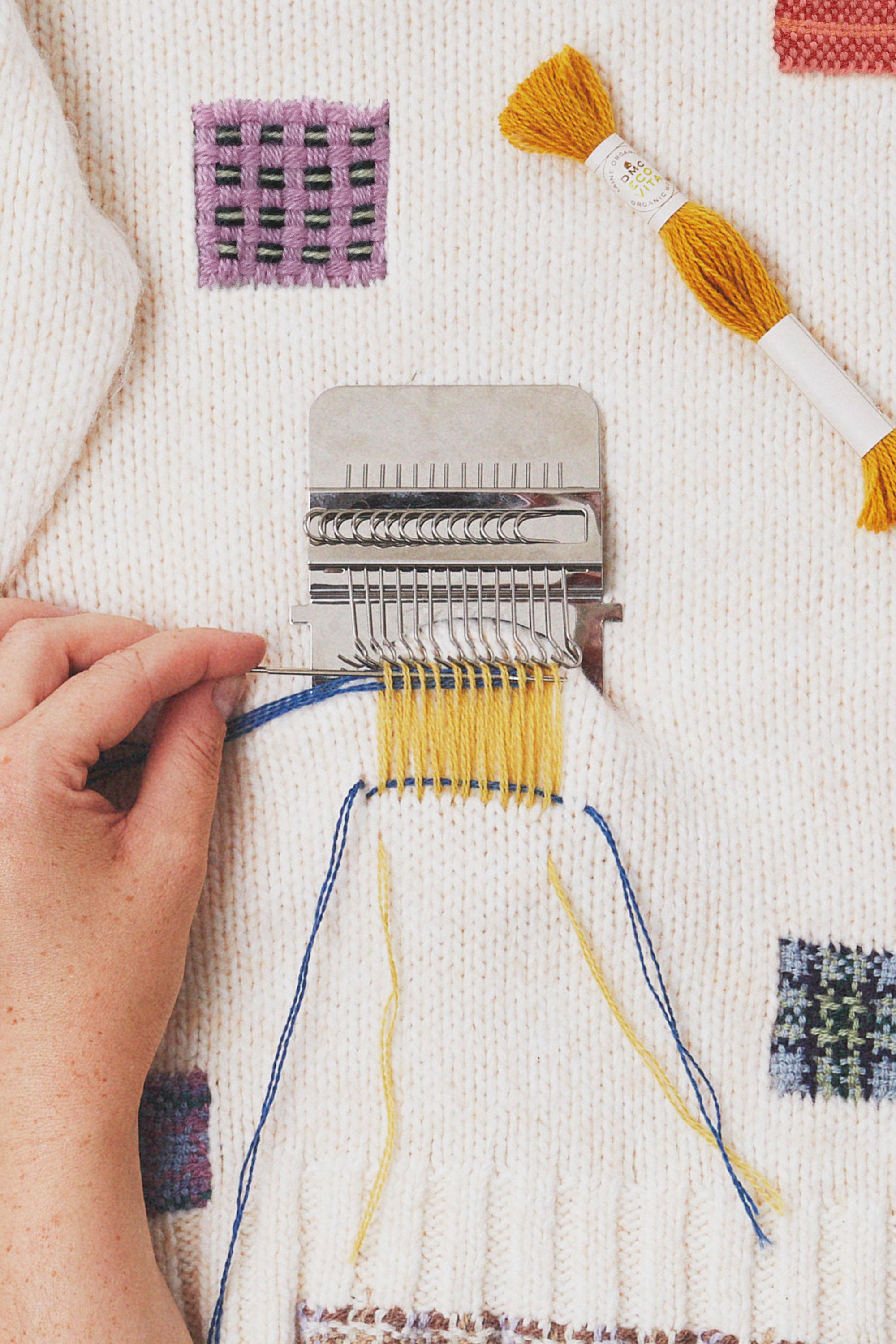Craft has always connected people. Look at the noticeboard in any town and you’re likely to find knitting groups, sewing meetups and pottery classes. Sadly, despite our ever greater digital connectedness, loneliness appears to be on the rise. And when loneliness becomes chronic it can badly affect our health. Craft provides a gentle way to connect and an antidote to the disconnection we see in our communities. It is vital for our collective wellbeing that we all support these creative groups.
Loneliness Creates Negative Health Outcomes
The Campaign to End Loneliness describes loneliness as “one of the largest public health challenges we face”. Its website lists the range of negative health impacts that loneliness and especially chronic loneliness has been linked to: - Increased risk of early mortality 26% - Increased blood pressure - Reduced immunity - 29% increase in risk of incident coronary heart disease - 32% increase in stroke - Poorer sleep quality - Doubles risk type 2 diabetes

Statistics On Loneliness
The European Commission's, EU-wide survey on loneliness found on average, 13% of respondents report feeling lonely most or all of the time over the past four weeks, while 35% report being lonely at least some of the time. In the UK, 27% of adults reported feeling lonely always, often or some of the time. In the US, a poll by the American Psychiatric Association found that 30% of adults reported feelings of loneliness at least once a week over the past year.
Craft Helps Social Interaction Feel Less Awkward
Craft projects are a great tool for combating loneliness. They provide a useful common focus that can remove the awkwardness that people sometimes feel when they gather socially, especially when meeting new people. Craft Psychologist Anne Kirketerp writes “Crafting is one of the simplest ways to be together without depleting our social energy and resources. When there is focus on the activity, we don't have to focus on how we should act socially.” It is less demanding to do a craft activity with others, especially for people who feel emotionally vulnerable, because focusing on something external and having something to do with your hands reduces the demands to hold eye contact and create conversation from thin air.
Craft Connects Across Backgrounds And Generations
Often craft skills are passed from one generation to the next. As an expression of cultural and personal identity, they have a unique way of connecting people across different cultures and closing the generation gap. Passing on skills builds confidence and mutual respect between teacher and student regardless of age or background. Knowing that you are continuing a tradition that is part of your heritage adds a sense of meaningfulness and connection to shared history. Craft can be used intentionally in family and community settings as a way of nurturing friendships across generations. The Christmas holiday season provides a wonderful opportunity to gather to create decorations and handmade gifts. Handmade gifts can also build deeper connections because they are a gift of the time and care that went into the making process. In a world that feels increasingly disconnected, craft offers a simple but profound antidote to the loneliness epidemic. Whether it's the quiet focus of stitching together or the shared laughter at a class, creative activities have a unique ability to bring people together, creating joy, magical moments of connection, and self-expression. Through craft, we find a meaningful way to share time together. It’s a reminder that even the smallest act of creativity can weave closer friendships and stronger communities. So, if you’d like to ward off loneliness this winter why not consider joining a craft group?



